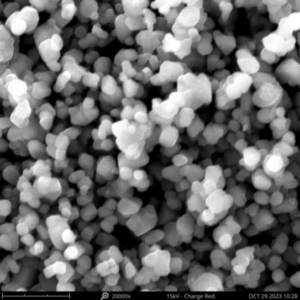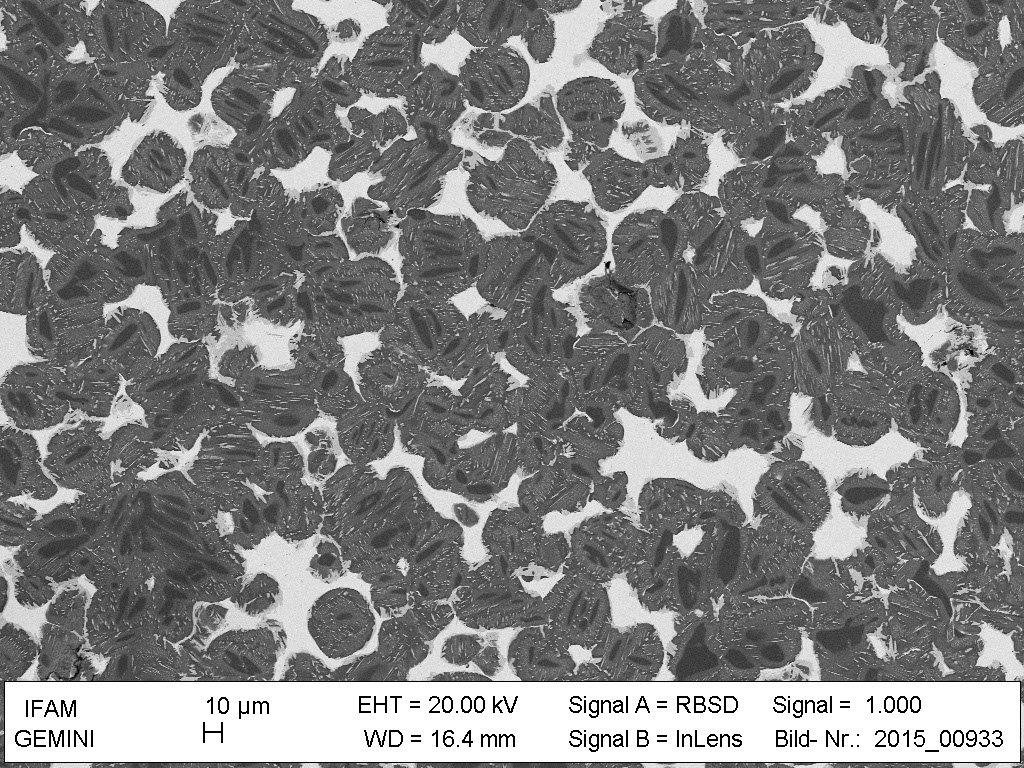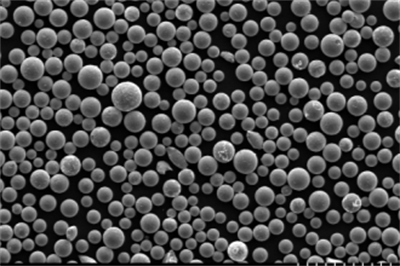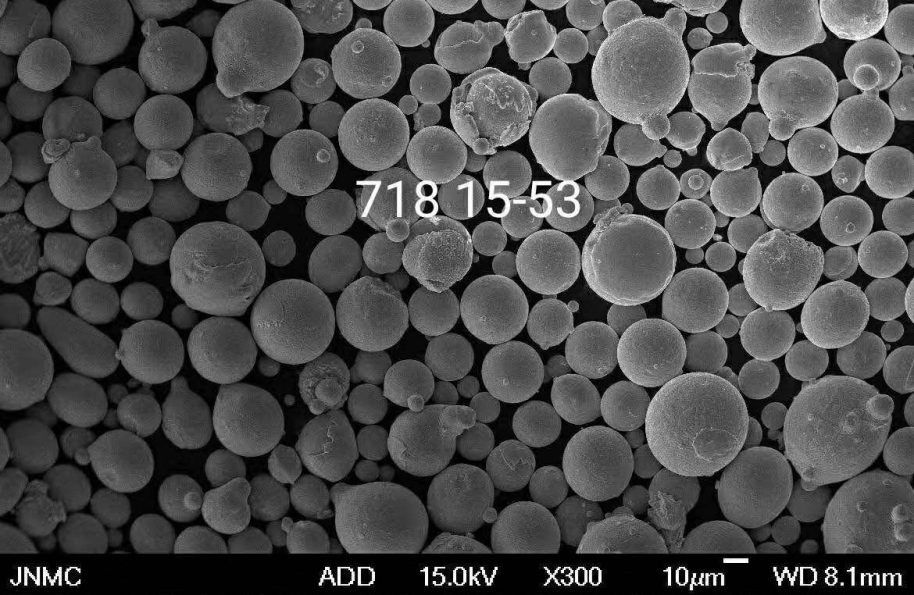The materials science industry continues to develop innovative alloys to meet the ever-evolving demands of various applications in aerospace, energy, and industrial sectors. One of these breakthrough materials is the WMoTaNbV powder, a high-entropy alloy (HEA) known for its exceptional thermal, mechanical, and corrosion-resistant properties.
But what makes WMoTaNbV powder such a game-changer in material science? How does it compare to other powders? In this guide, we will cover everything you need to know about WMoTaNbV powder, from its composition and key characteristics to its various applications, grades, and more.
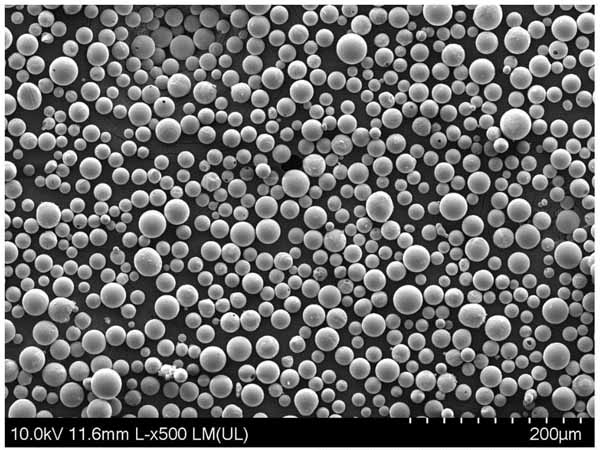
Overview of WMoTaNbV Powder
WMoTaNbV powder is part of a family of high-entropy alloys (HEAs) that combine five or more metals in nearly equal proportions. Unlike traditional alloys that rely heavily on a base metal, HEAs like WMoTaNbV leverage the unique properties of each element, creating materials with remarkable strength, durability, and thermal stability.
In the case of WMoTaNbV, the core metals used are:
- W (Tungsten): Known for its high melting point and density.
- Mo (Molybdenum): Adds strength, toughness, and high-temperature resistance.
- Ta (Tantalum): Highly resistant to corrosion and oxidation.
- Nb (Niobium): Contributes to the material’s heat resistance and corrosion properties.
- V (Vanadium): Improves wear resistance and enhances strength.
These metals, when combined, create a powder that is highly sought after in extreme environments where durability and stability are critical.
Composition of WMoTaNbV Powder
Understanding the exact composition of WMoTaNbV powder is key to grasping why it performs so well in demanding applications. Here’s a breakdown of each element and what it brings to the table:
| Element | Symbol | Typical Proportion | Primary Function |
|---|---|---|---|
| Tungsten | W | 20-30% | High density, exceptional thermal stability |
| Molybdenum | Mo | 15-25% | Strengthens alloy, increases melting point |
| Tantalum | Ta | 10-20% | Corrosion and oxidation resistance |
| Niobium | Nb | 10-20% | Heat resistance, enhances mechanical properties |
| Vanadium | V | 5-15% | Improves wear resistance, lightens alloy |
These metals are combined in nearly equal ratios to form the WMoTaNbV alloy, ensuring a high level of entropy, which disrupts lattice formations and enhances the material’s performance in extreme environments. The result is an alloy powder that can endure high stress, high heat, and corrosive atmospheres, while remaining lightweight enough for critical aerospace and defense applications.
Customizable Compositions
While WMoTaNbV has a standard formulation, manufacturers often tweak the composition slightly depending on the specific application requirements. For example, higher tungsten content might be favored for applications requiring even greater heat resistance, while more vanadium could improve wear resistance in highly abrasive environments.
Characteristics of WMoTaNbV Powder
WMoTaNbV powder has a wide array of impressive characteristics that set it apart from traditional materials. These characteristics make it highly suitable for extreme environments where traditional alloys might falter. Let’s break down the key properties:
1. High Melting Point
One of the standout features of WMoTaNbV powder is its incredibly high melting point, which is largely thanks to the tungsten and molybdenum components. This makes it ideal for applications involving extreme heat, such as gas turbines, jet engines, and heat shields.
- Melting Point: Approx. 3300°C (5972°F)
2. Excellent Thermal Stability
WMoTaNbV’s high-entropy structure leads to excellent thermal stability across a wide temperature range. The alloy maintains its mechanical properties even at high temperatures, which is critical for aerospace applications where materials can experience sudden and intense thermal spikes.
3. Superior Corrosion and Oxidation Resistance
Tantalum and niobium are well-known for their exceptional resistance to corrosion, especially in oxidizing and acidic environments. This gives WMoTaNbV powder an advantage in chemical processing industries and high-stress environments like deep-sea and space applications.
4. Mechanical Strength and Ductility
Despite its strength, WMoTaNbV maintains a level of ductility, allowing it to deform under stress without breaking. This balance of toughness and flexibility makes it an ideal candidate for critical components in high-stress applications.
5. Lightweight
Compared to some other high-temperature alloys, WMoTaNbV remains relatively lightweight due to its vanadium content. This is a major advantage in industries where weight is a significant concern, such as aerospace.
| Property | Value |
|---|---|
| Melting Point | 3300°C |
| Density | 13.5 – 14.0 g/cm³ |
| Hardness (Vickers) | 600 – 700 HV |
| Corrosion Resistance | Exceptional (especially in oxidizing environments) |
| Oxidation Resistance | High |
| Tensile Strength | 800 – 1000 MPa |
| Modulus of Elasticity | 380 GPa |
Advantages of WMoTaNbV Powder
So why is WMoTaNbV powder superior in so many applications? Let’s take a closer look at the advantages this high-entropy alloy brings to the table:
1. Better High-Temperature Performance
When compared to traditional superalloys such as Inconel, WMoTaNbV powder can withstand higher temperatures while maintaining its mechanical integrity. In applications like jet engines or gas turbines, where components are exposed to extreme heat, the material’s resistance to thermal degradation is a critical advantage.
2. Stronger Corrosion Resistance
In environments where traditional metals would corrode or oxidize rapidly, WMoTaNbV powder remains intact due to the protective properties of tantalum and niobium. This is a significant advantage in sectors like chemical processing, where materials are constantly exposed to harsh, corrosive chemicals.
3. Enhanced Wear Resistance
Thanks to vanadium and niobium, WMoTaNbV powder has excellent wear resistance. This makes it ideal for applications where moving parts must endure high friction, such as industrial machinery or automotive components.
Applications of WMoTaNbV Powder
WMoTaNbV powder finds use in a wide range of high-performance applications due to its unique properties. Below are some of the key industries and specific uses for this versatile material:
| Industry | Application |
|---|---|
| Aerospace | Jet engines, heat shields, rocket propulsion systems |
| Defense | Hypersonic weapons, armor plating, missile components |
| Energy | Gas turbines, nuclear reactors, solar power systems |
| Automotive | High-performance engines, exhaust systems, turbochargers |
| Chemical Processing | Acid-resistant equipment, chemical reactors |
| Marine | Deep-sea exploration, offshore drilling, propellers |
| Medical | Implants, surgical tools, prosthetics |
1. Aerospace Industry
In the aerospace industry, weight and temperature resistance are crucial. WMoTaNbV powder excels in jet engine components, rocket nozzles, and thermal protection systems, where it can withstand extreme temperatures and mechanical stresses without degrading.
2. Energy Sector
Whether in gas turbines or nuclear reactors, WMoTaNbV powder’s ability to maintain its mechanical properties at high temperatures makes it a reliable choice. It helps improve the efficiency and lifespan of energy-generating equipment, making it a valuable asset in power plants and renewable energy systems.
3. Automotive Applications
In high-performance automotive engines, the combination of strength, wear resistance, and thermal stability makes WMoTaNbV powder an excellent choice for turbochargers, exhaust systems, and other components exposed to high temperatures and friction.
Comparison: WMoTaNbV Powder vs. Other Alloys
How does WMoTaNbV powder compare to other popular high-performance alloys like Inconel or Titanium? Let’s take a look:
| Feature | WMoTaNbV Powder | Inconel | Titanium |
|---|---|---|---|
| Melting Point | Higher (3300°C) | 1390-1425°C | 1660°C |
| Corrosion Resistance | Exceptional | High | Moderate |
| Strength | Superior at high temperatures | High | Good |
| Wear Resistance | Excellent | Moderate | Good |
| Weight | Lighter than Inconel | Heavier | Lighter |
Compared to Inconel, WMoTaNbV powder offers better high-temperature resistance, while being lighter. Titanium, on the other hand, is lighter than WMoTaNbV but doesn’t offer the same level of strength or heat resistance, making WMoTaNbV a more suitable choice for extremely demanding environments.
Specifications, Sizes, Grades, and Standards
When choosing WMoTaNbV powder, it’s important to understand the various grades, sizes, and standards available. This ensures you get the right
material for your specific application. Below is a table summarizing the key specifications:
| Parameter | Details |
|---|---|
| Powder Size | 1-45 µm, 45-106 µm, customizable |
| Grade | Standard, high-purity, ultra-high-purity |
| Purity | 99.9% or higher (depending on supplier) |
| Standards | ASTM F2885, ISO 15156, AMS 5758 |
| Packaging | 1 kg, 5 kg, 25 kg |
Suppliers and Pricing of WMoTaNbV Powder
WMoTaNbV powder is produced by several specialized manufacturers, with prices varying based on purity, size, and volume. Below is a comparison of some popular suppliers:
| Supplier | Purity | Price (per kg) | Available Sizes | Region |
|---|---|---|---|---|
| Alloyed Materials Co. | 99.9% | $3,500 | 1-25 kg | USA |
| Global HEA Supplies | 99.8% | $3,200 | 5-50 kg | Germany |
| Material Masters Ltd. | 99.95% | $4,000 | 1-10 kg | UK |
| HighTech Powder Solutions | 99.9% | $3,800 | 1-25 kg | China |
Pricing tends to fluctuate based on market conditions, particularly the prices of raw materials like tungsten and tantalum, so it’s always best to consult with suppliers for the most up-to-date figures.

FAQ
| Question | Answer |
|---|---|
| What is WMoTaNbV powder made of? | It’s a high-entropy alloy composed of tungsten, molybdenum, tantalum, niobium, and vanadium. |
| Why is WMoTaNbV powder used in aerospace? | It offers superior thermal stability, strength, and corrosion resistance, making it ideal for high-stress, high-heat applications. |
| How does WMoTaNbV powder compare to titanium? | WMoTaNbV has better heat resistance and strength, although it’s heavier than titanium. |
| Can WMoTaNbV powder be customized? | Yes, the composition can be adjusted based on application requirements. |
| What are the main advantages of WMoTaNbV powder over traditional alloys? | Better heat resistance, corrosion resistance, and mechanical strength. |
Conclusion
WMoTaNbV powder is a highly specialized material that offers unrivaled performance in extreme environments, making it a prime candidate for aerospace, defense, energy, and industrial applications. With its high melting point, exceptional corrosion resistance, and customizable compositions, it stands out compared to other high-performance alloys. Whether you need materials that can withstand extreme temperatures or endure harsh chemical environments, WMoTaNbV powder offers a cutting-edge solution.
By understanding its characteristics, applications, and suppliers, you can make informed decisions about whether WMoTaNbV powder is the right material for your needs.



